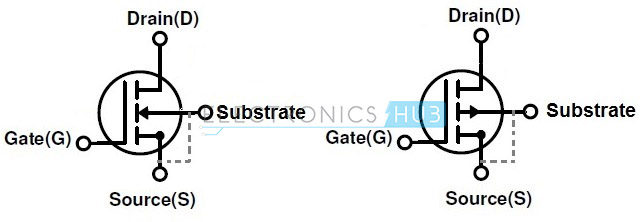If you think you have a charging/battery problem:
FIRST, before you do ANYTHING else; CHARGE THE BATTERY, at no more than 10% of it's rated capacity. Then let the battery sit for a couple of hours.
After it rests, the battery should put out at LEAST 12.7 volts. If your battery won't hold 12.7V, you have a battery problem.
Now put the battery in the bike and connect it.
Read the battery voltage, a drop of 0.1V is OK, but not much more.
Turn on the bike, don't start it, and it shouldn't drop more than 0.5V (Some bikes the headlight will come on, some not. Half a volt is OK if the headlight comes on. This where experience kicks in....)
If you get a big drop when you turn the bike on, start pulling fuses, one at a time, to figure out where the big draw is.
Try to start the bike WHILE monitoring the battery voltage. If your battery is up to snuff the voltage shouldn't drop below about 10V, and should hold that 10V for 10 seconds of cranking.
If you've got this far, your battery seems to be OK.
Now check voltage at idle. As long as it's higher than the battery at rest, you're OK. Newer bikes will put out more at idle than most older bikes, so let's generalize.
Check voltage at 2000 RPM Should increase some
Check voltage at 4000RPM Should be above 13.7V for lead/acid battery, about 14.5 for anything else.
Set your multi-meter to AC voltage and check across your battery terminals. You'll see some AC voltage but not much (again this where that experience kicks in) UHmmmm less than 6V AC, IDK, but if you see like 12V AC you know/assume you have rectifier problems.
Most bikes have the rectifier and regulator built into one box so you can't test, directly, either component, so you have to make assumptions.
If you've made it this far, you seem to have a functioning regulator and rectifier.
To test the rotor and stator you should remove them and examine and clean them. Your manual will have a test procedure....
I have a couple of problems with their test procedures.
1) You're testing with a multi meter, that is powered by a 9V battery at best.
Ideally you want to put an EXCESS of voltage into it to test the insulation (You want a power line insulation tester, called a "MEGGER" that puts thousands of volts into the stator. I don't have a "MEGGER" anymore, so I test stators with 110V 15A AC. Where the fire starts is where the problem was....)(I put a light bulb in the circuit to limit current. I'm not crazy).
B) I'm lazy.
Being pragmatic, the first test I'll do on the stator is to check AC output across the three legs. You want to see about 70V AC on three legs, all the same.
A to B B to C A to C
If all three are not the same, you have a stator problem. Quick and dirty.
You have to do this final stator test because it is possible to have one of three phases dead/wounded and the alternator will output adequate voltage but not enough amperage to charge the battery.
This is all a generic, quick and dirty diagnostic, that the average user, that can figure out a multi meter, can follow and use. Yes, Trials, I know that a mosfet is a transister, that in the circuit we were talking about is used to replace the diodes, because they're faster switching and they run cooler, BUT the average user here has at best a basic grasp of what a diode is and what it does, so I generalized. SORRY. You'll notice the guy that brought up mosfets is still insisting the Shindengen SH775 isn't a shunt regulator.
Calling a stator a stator is basic nomenclature. In a mechanism that has a rotating part and a stationary part, the stationary part is called the stator. IE: hydraulic motors have stators.
Rotors come apart all the time. CBs and EXs are famous for rotors grenading. When the EX rotor grenades, it has those "composite" magnets, the magnets disintegrate and circulate magnetic mush throughout the motor. YUMMY. It packs the oil galleries in the crankshaft and that's that.



















